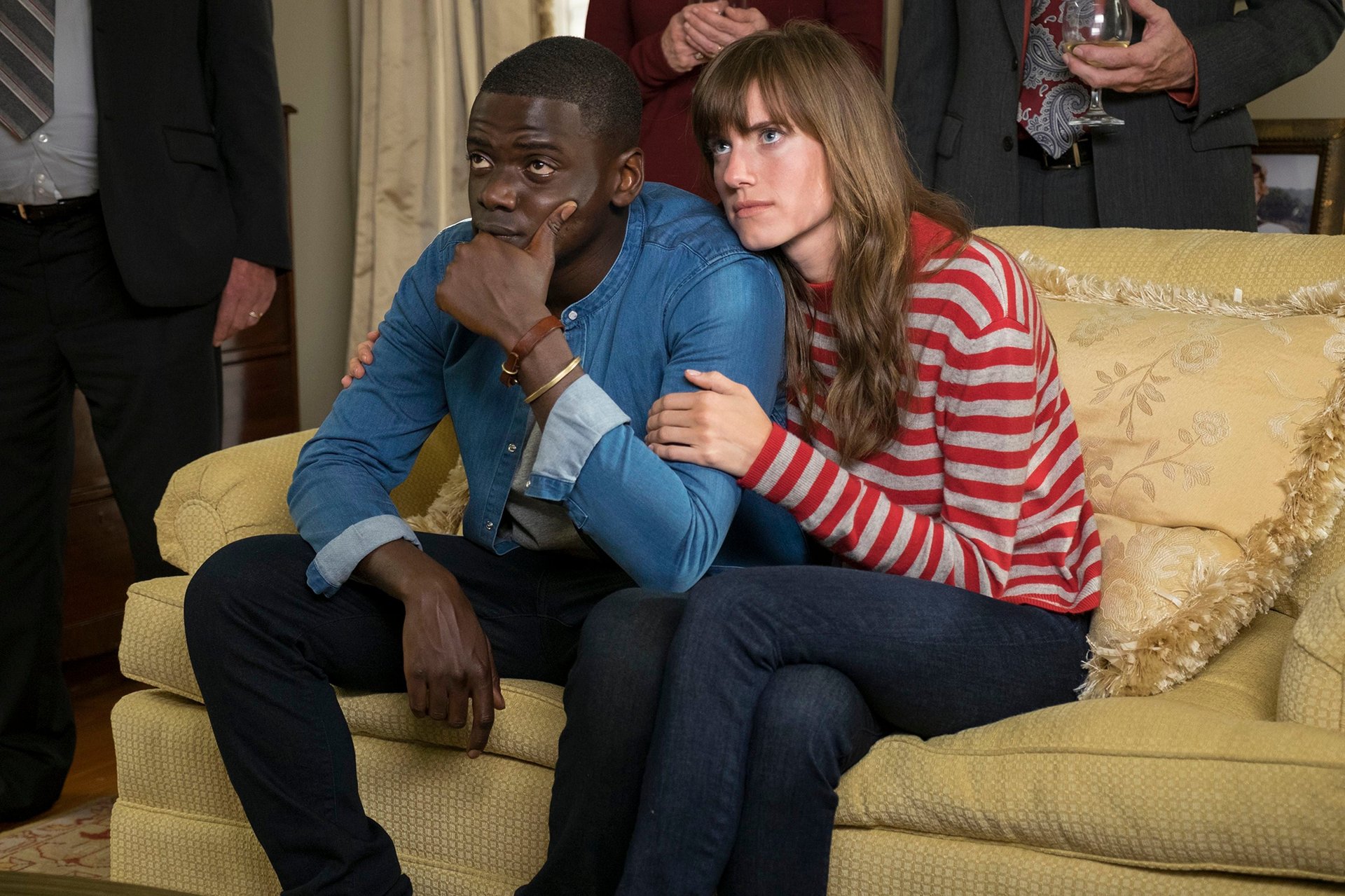Horror is the only film genre where women appear and speak as often as men
At the end of this year’s Cannes Film Festival, actress Jessica Chastain—who was serving as a jury member—said that she found the portrayals of women in the festival’s films “quite disturbing.”


At the end of this year’s Cannes Film Festival, actress Jessica Chastain—who was serving as a jury member—said that she found the portrayals of women in the festival’s films “quite disturbing.”
To many, this isn’t exactly news. The lack of women in film—in front of and behind the camera—has been at the forefront of Hollywood criticism in recent years, with scholars and writers detailing the various ways women tend to be underrepresented or cast in stereotypical roles.
University of Southern California communications professor Stacy Smith, who researches depictions of gender and race in film and TV, found that of the 5,839 characters in the 129 top-grossing films released between 2006 and 2011, fewer than 30 percent were girls or women. Meanwhile, only 50 percent of films fulfill the criteria of the Bechdel Test, which asks whether a film features at least two women who talk to each other about something other than a man.
Despite the uphill climb for women in film, it isn’t all doom and gloom. Horror is one genre where women are taking on increasingly prominent parts. Yes, screaming is still a staple feature of a scary flick. But women are assuming central roles—not as victims, but as monsters and heroes.
Bucking the trend
Each year, the Geena Davis Institute on Gender and Media publishes research that shows how gender imbalances in film affects women and girls. For example, they’ve found that positive and prominent roles for women in movies “motivate women to be more ambitious” professionally and personally. But when there is a dearth of women being depicted in positive ways, it has an opposite, negative effect.
A recent study by Google and the Geena Davis Institute studied this phenomenon across genres. They developed something called “the GD-IQ” (Geena Davis Inclusion Quotient), which is facilitated by machine-learning technology. The goal was to recognize patterns in gender, screen time and speaking time that the casual movie viewer might overlook. The results of this study told a familiar story: In film, men are seen and heard twice as often as women.
But there was one exception: horror films.
A horror renaissance
In a way, this makes sense. A recent Guardian article describes how women have historically been drawn to the genre. Many beloved horror films have strong female leads: Carrie, The Descent and The Witch, to name a few.
Horror, of course, has always been interested in women; traditionally women and girls are victims of crazed killers or of monsters. They scream a lot. Yet the terms have changed along with the times, and a horror renaissance seems to have been taking place over the past decade.
The genre has moved from taking pleasure in victimizing women to focusing on women as survivors and protagonists. It’s veered away from slashers and torture porn to more substantive, nuanced films that comment on social issues and possess an aesthetic vision.
Earlier this year, Jordan Peele’s Get Out became a major box-office smash; as it skewered racial politics, it also made a beautiful, young white woman the evil antagonist. In 2015, Robert Egger’s historical horror film The Witch was a surprise hit. With a 91 percent fresh rating on Rotten Tomatoes, The Witch captured audiences by being a historically accurate tale that included a feminist twist. Set in Puritan America, a teenage protagonist, Thomasin, battles her parents and siblings, who assume she’s become a witch, faulting her for all the misfortunes that befall the family. Of course she’s simply a teenage girl—a dangerous creature, the film seems to be saying, in a culture controlled by men.
Get Out and The Witch join a host of other horror films with women as central characters: Stoker, Under the Skin, Rec, The Conjuring, Ginger Snaps, American Mary, Jennifer’s Body and You’re Next.
Changing the narrative
For decades, sexually active women in horror movies tend to die first as punishment for sexual transgression. We see this in Halloween, Friday the 13th, The Texas Chain Saw Massacre and A Nightmare on Elm Street.
It Follows (2015) upends this narrative. Maika Monroe stars as Jay, a young woman who battles an unseen and unknown predator after having sex with a date. But the film isn’t interested in punishing Jay—or any other female character—for having sex. One critic makes an intriguing case that It Follows actually critiques rape culture by highlighting the trauma of how rape survivors are often treated by culture, friends and family. This creepy and critically acclaimed horror film allows Jay to be the girl we all wish we could be: She investigates, fights back against the predator, and ultimately prevails.
Even old and seemingly worn-out franchises are being rebooted with female leads. The original Amityville Horror (1979) capitalized on the true story of a house in Amityville, New York. The tale of a disintegrating nuclear family terrorized by a haunted house spawned 12 sequels, prequels and continuations.
But this summer audiences may get to see yet another addition to the Amityville oeuvre; Amityville: The Awakening stars Jennifer Jason Leigh and Bella Thorne as a single mother and her daughter who must endure life in the infamous house. The poster for the movie features an image of Bella Thorne superimposed over the house, suggesting that she is more important (and more powerful) than the terrifying home.
As the role of women in other realms of our society continues to grow, it’s only fitting that they do the same in horror movies. With the massive box-office success of “Wonder Woman,” the hope is that other genres will soon enough take horror’s lead and embrace women as protagonists, heroes, and maybe even the occasional witch, too.
This article was originally published on The Conversation. Read the original article.